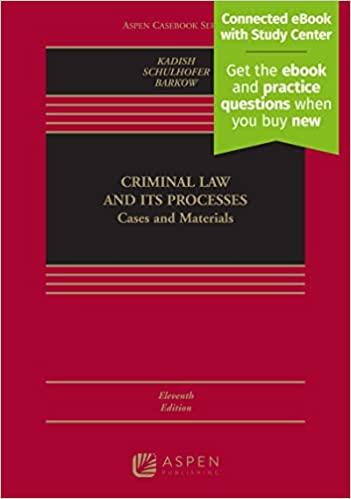Please Answer the CASE in FORMAT BELOW
1. Introduction:
2. Issue:
Rule:
Application:
Conclusion:
3. Decision:
Questions:
CASE 1. Corrales v. Corrales. --> For CASE 1: Refer to this site: https://www.leagle.com/decision/incaco20110810046
6. Rudy and Richard Corrales, who are brothers, formed RC Electronics (RCE) in 1989, according to a written partnership agreement with an indefinite term. RCE repaired, refurbished, and sold computer tape drives. The brothers agreed that Rudy would be responsible for running the business, while Richard would supply financing and the know-how for the business. Richard already had a thriving business occupying him full time; he became involved in RCE because Rudy could not obtain enough financing on his own to start a business. Rudy's wife, Pamela, came on board shortly after RCE started up and became the office manager. She was responsible for prepar- ing the company's business records. The business was quite successful for several years, and Rudy and Rich- ard obtained substantial sums from it. In 2004, how- ever, Richard discovered that Rudy and Pamela had formed a competing business, PK Electronics (PKE), to perform the same services performed by RCE but without Richard. When Richard inquired about PKE, Rudy refused to tell him anything and cut off all com- munication with him. Richard sent Rudy a "Notice of Dissociation," dated April 12, 2005, in which he stated that he was withdrawing from the partner- ship. Richard and Rudy sued each other in 2006 in separate lawsuits. Richard sued Rudy, Pamela, their two daughters, PKE, and RCE for breach of con- tract, fraud, and conspiracy, misappropriation of trade secrets, and accounting. Rudy sued Richard for breach of contract, common counts, fraud, and negli- gent misrepresentation. Was Richard right in sending the original "Notice of Dissociation"? What evidence leads you to this answer? [Corrales v. Corrales, 198 Cal. App. 4th 221 (Aug. 10, 2011).]6. H&R Block is one of the largest providers of income tax preparations and the second largest of online do-it-yourself software in the United States. In 2010, the tax preparer sought to buy out its rival, 2SS Holdings, which produced TaxAct software products for consumers. Because TaxAct is the nation's third-largest provider of tax preparation software, the proposed merger caused concern for the Justice Department. According to the depart- ment's investigation, the merger would result in fewer free tax-assistance software products and higher prices for the companies' nonfree products. H&R Block challenged by saying the merger would give it only 28 percent of the do-it-yourself tax prep- aration market. However, it was ultimately decided that the merger would result in an anticompetitive market; thus the merger was denied. What aspects of merger law are included in this case? [ United States v. H&R Block, 833 F. Supp. 2d 36, 2011 U.S. Dist. LEXIS 130219 (2011). ]








